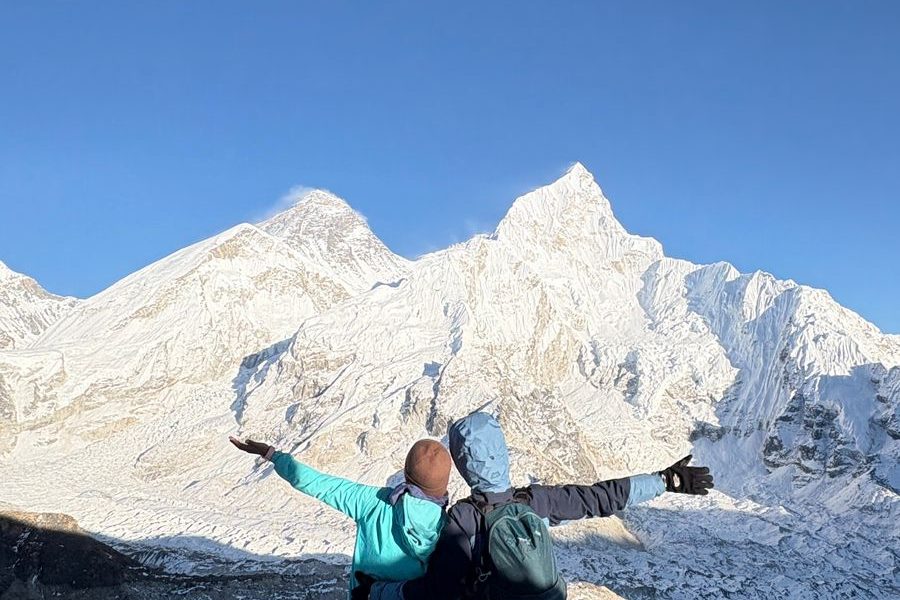Everest Base Camp Altitude and Difficulty
The Everest base camp altitude and Difficulty level complete guide with preparation tips. The Everest Base Camp (EBC) Trek is one of the most iconic trekking adventures in the world, leading travelers to the foothills of the highest mountain on Earth — Mount Everest (8,848.86m). The trek takes you to Everest Base Camp at an altitude of 5,364 meters (17,598 feet), located in Nepal’s Solukhumbu District within Sagarmatha National Park. This remarkable journey offers breathtaking mountain views, Sherpa culture, and the challenge of high-altitude trekking in the Himalayas.
Everest Base Camp Altitude Details
The EBC trek begins from Lukla (2,860m) after a short flight from Kathmandu. As trekkers ascend gradually through Phakding (2,610m), Namche Bazaar (3,440m), Tengboche (3,867m), Dingboche (4,410m), Lobuche (4,910m), and finally to Gorakshep (5,164m), the last settlement before reaching base camp, they experience significant altitude gain. The journey includes rest and acclimatization days, usually in Namche Bazaar and Dingboche, to help the body adapt to thinner air.
The high altitude makes this trek physically demanding, as the oxygen level at base camp is only about 50% of that at sea level. Trekkers often feel breathless and fatigued while walking uphill, even for short distances, due to low oxygen density. Therefore, proper acclimatization and pacing are essential for a safe and enjoyable experience.
Everest Base Camp Trek Difficulty Level
The Everest Base Camp Trek is graded as moderate to challenging. It does not require any mountaineering skills, but it demands good physical fitness, endurance, and mental determination. The trails are well-marked but often steep, rocky, and rugged, with several ascents and descents along suspension bridges and glacial valleys.
A typical EBC trek covers approximately 130 kilometers (round trip) over 11 to 14 days, with daily walking of 5 to 7 hours. The most challenging sections are usually the climbs to Namche Bazaar, Tengboche, and the final push to Kalapatthar (5,545m) — the highest viewpoint of the trek, offering magnificent sunrise views of Everest, Lhotse, and Nuptse.
Altitude sickness is the main concern during the trek. Symptoms like headache, dizziness, and shortness of breath may occur if acclimatization is ignored. To reduce the risk, trekkers should ascend gradually, stay hydrated, and avoid alcohol or sleeping pills.
Trek Preparation Tips
To successfully complete the Everest Base Camp Trek, preparation is key. Trekkers are advised to start physical training at least two months in advance, including cardio exercises, hiking with a backpack, and strength workouts. A professional guide and porter can make the journey safer and more enjoyable, handling navigation and logistics while allowing trekkers to focus on the experience.
Overall, while the EBC trek is physically demanding, it is achievable for anyone with strong determination, preparation, and a positive attitude. Standing at the foot of the mighty Everest and witnessing the grandeur of the Himalayas is a once-in-a-lifetime achievement that rewards every step of effort.





